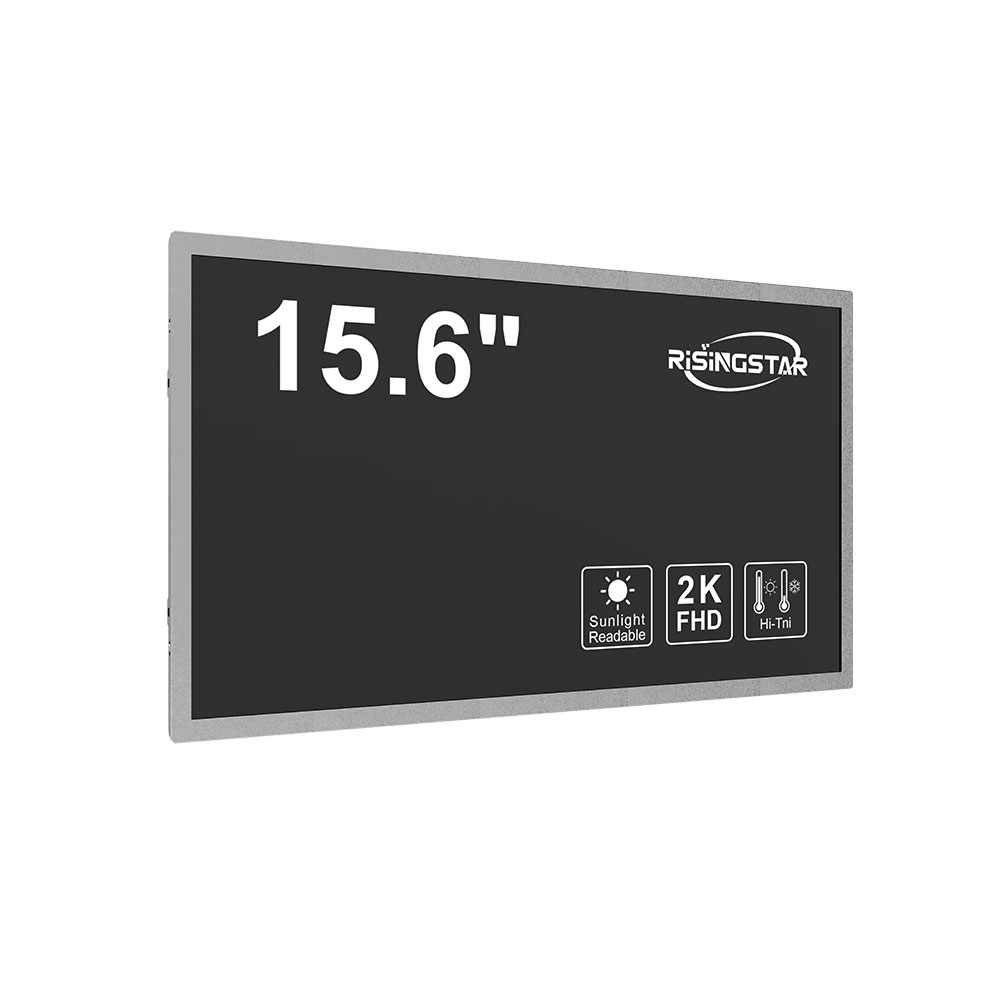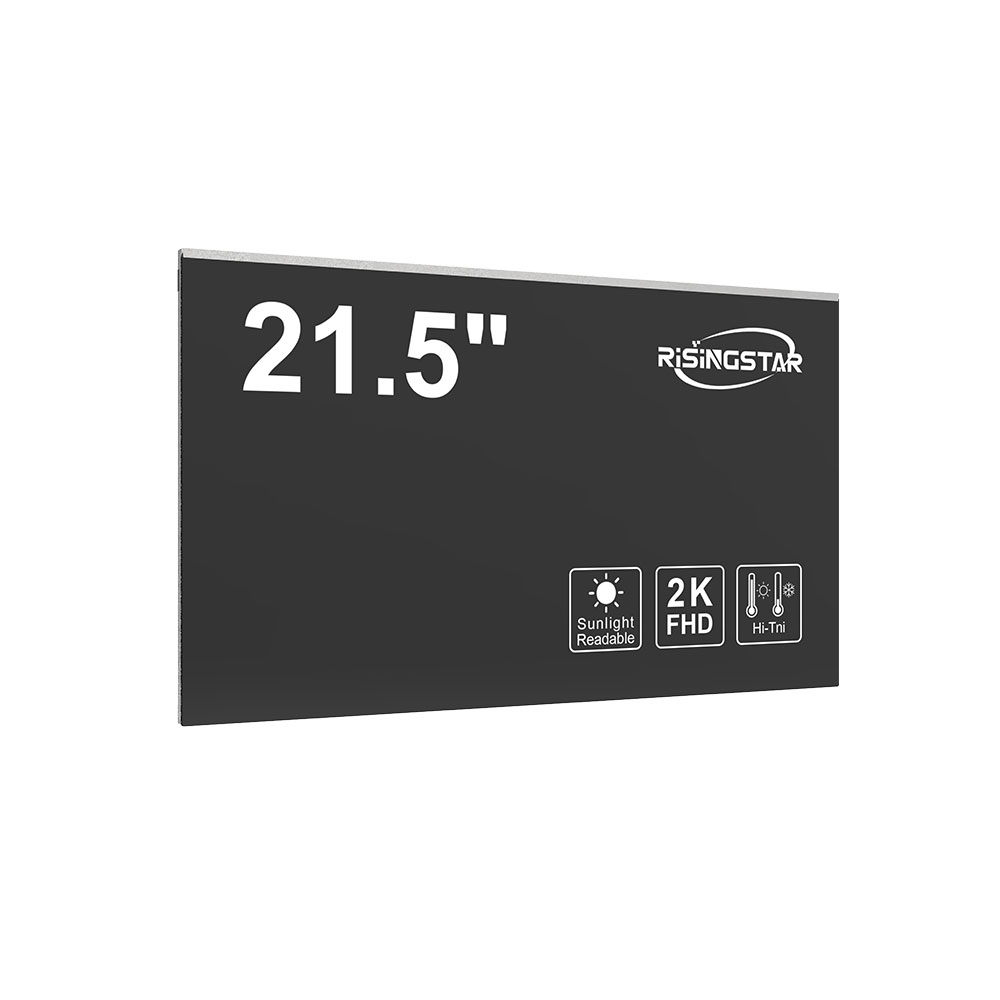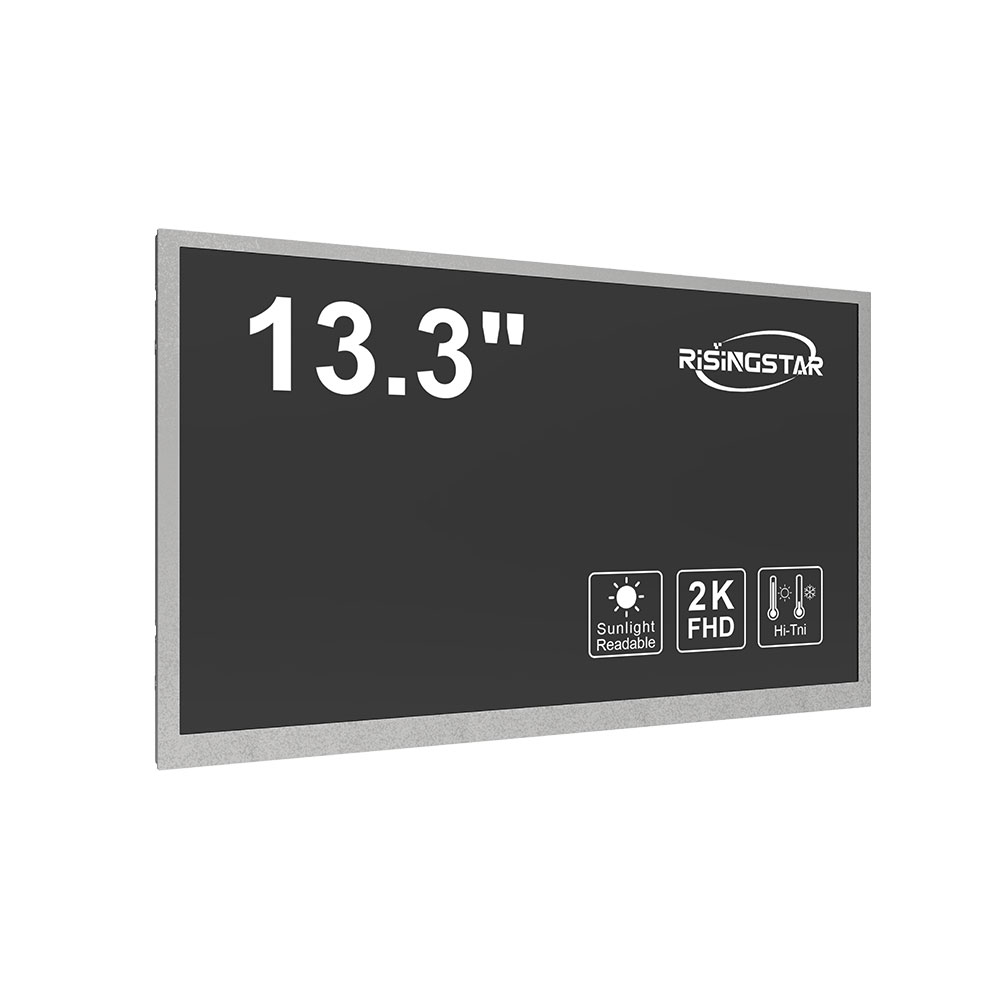Outdoor LCD screens have become essential in modern commercial and industrial environments, from digital signage in retail stores to real-time data monitoring in manufacturing facilities. With the increasing demand for clarity, brightness, and durability in harsh conditions, manufacturers now offer high-resolution options such as 2K (2560×1440) and 4K (3840×2160) to meet diverse use cases. These resolutions significantly enhance image quality, enabling crisp text, detailed graphics, and smooth video playback even under direct sunlight—a critical factor for outdoor visibility.
The adoption of 2K and 4K resolution outdoor LCDs is supported by industry standards like IP65 for dust and water resistance, IK10 for impact protection, and brightness levels exceeding 5,000 nits—ensuring consistent performance in extreme weather, UV exposure, and temperature fluctuations (-30°C to +60°C). For instance, a 4K display used in a traffic information kiosk or an airport departure board must maintain sharpness and color accuracy regardless of ambient light, which is why high pixel density (typically 100–200 PPI) is now standard in premium models.
Manufacturers integrate advanced technologies such as LED-backlit panels, wide viewing angles (up to 178°), and adaptive brightness control to optimize power efficiency without compromising visual fidelity. In addition, smart features like remote diagnostics, content scheduling via cloud platforms, and support for HDR (High Dynamic Range) make these displays ideal for dynamic advertising, public safety systems, and interactive wayfinding in urban infrastructure.
Case studies from global deployments—such as a 4K outdoor screen at Times Square that operated continuously for over 18 months with minimal maintenance—demonstrate the reliability and ROI of investing in high-resolution outdoor solutions. These systems not only improve user engagement but also reduce operational costs through energy-efficient designs and reduced downtime.

Whether deployed in construction sites, transportation hubs, or entertainment venues, choosing between 2K and 4K depends on viewing distance, content complexity, and budget constraints. For close-up applications (under 3 meters), 4K offers superior detail; for larger installations (e.g., billboards), 2K may be sufficient while maintaining cost-effectiveness.
Ultimately, the future of outdoor LCD technology lies in higher resolutions, smarter integration, and greater resilience—all backed by rigorous testing per IEC 60068 and MIL-STD-810G standards. As environmental demands grow, so does the need for professional-grade outdoor displays that deliver both performance and longevity.









